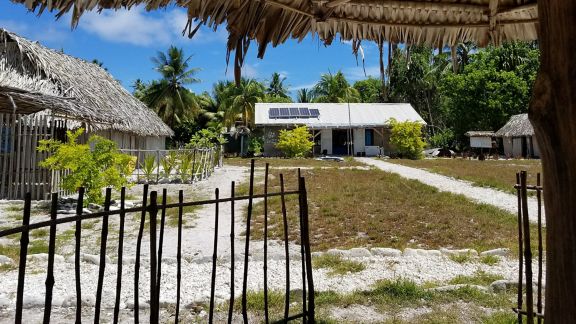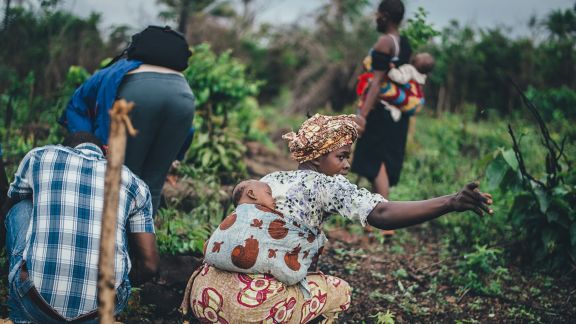MAP 16 Child & Forced Labor Program Evaluation

Problem
There is a lack of sufficient reliable data and actionable policy strategies to combat child labor and forced labor worldwide.
Today, despite decades of effort to combat child and forced labor, 160 million children work under conditions that threaten their health and development, and over 28 million people are in forced labor situations. Governments and international organizations urgently need reliable data and actionable strategies to meet Sustainable Development Goal (SDG) 8.7, which calls for ending child labor by 2025 and forced labor by 2030. The U.S. Department of Labor funded the Measurement, Awareness-raising, and Policy Engagement Project to Accelerate Action against Child Labor and Forced Labor (MAP 16) to address these gaps by generating evidence, raising awareness, and strengthening policies to accelerate progress. They needed to understand what worked, what didn’t, and how future projects can better work to eradicate child labor and forced labor and inform global policy and program decisions.
Solution
NORC conducted the final evaluation of MAP 16 to assess its effectiveness and inform future global strategies.
NORC implemented a comprehensive mixed-methods evaluation to measure the effectiveness of MAP 16. The team reviewed project documents and monitoring data, conducted 190 key informant interviews, and organized focus group discussions in Argentina, India, and Kosovo. Remote interviews were held with stakeholders in Mongolia, Niger, Fiji, Serbia, Sri Lanka, and Timor-Leste. To strengthen validity, we triangulated findings from these sources with an online perception survey administered via Qualtrics to participants in capacity-building activities.
Our evaluation framework assessed the relevance, coherence, effectiveness, impact, efficiency, and sustainability of MAP 16. Our participatory approach incorporated stakeholder voices—including community leaders, child protection officers, and teachers—and applied rigorous data quality checks. Findings were synthesized through iterative analysis and validated in a stakeholder workshop. This methodology ensured that recommendations were grounded in evidence and responsive to diverse contexts.
Result
NORC confirmed MAP 16’s contributions and provided evidence to inform future strategies for greater impact.
NORC’s rigorous approach helped stakeholders strengthen global strategies to eradicate child labor and forced labor. We found that MAP 16 improved global knowledge through landmark reports and data tools, supported policy development in multiple countries, and helped launch Alliance 8.7 and the Global Business Network on Forced Labour. It exceeded targets for knowledge dissemination and partnership-building but faced challenges in sustaining policy adoption and ensuring consistent integration of cross-cutting priorities.
Our actionable insights for future projects included streamlining design processes, stronger monitoring systems, and targeted country engagement. Promising practices were integrating child labor modules into national surveys and leveraging tripartite partnerships.
Related Tags
Project Leads
-
Ridhi Sahai
Research ScientistProject Manager -
Kareem Kysia
Program Area DirectorSenior Advisor








